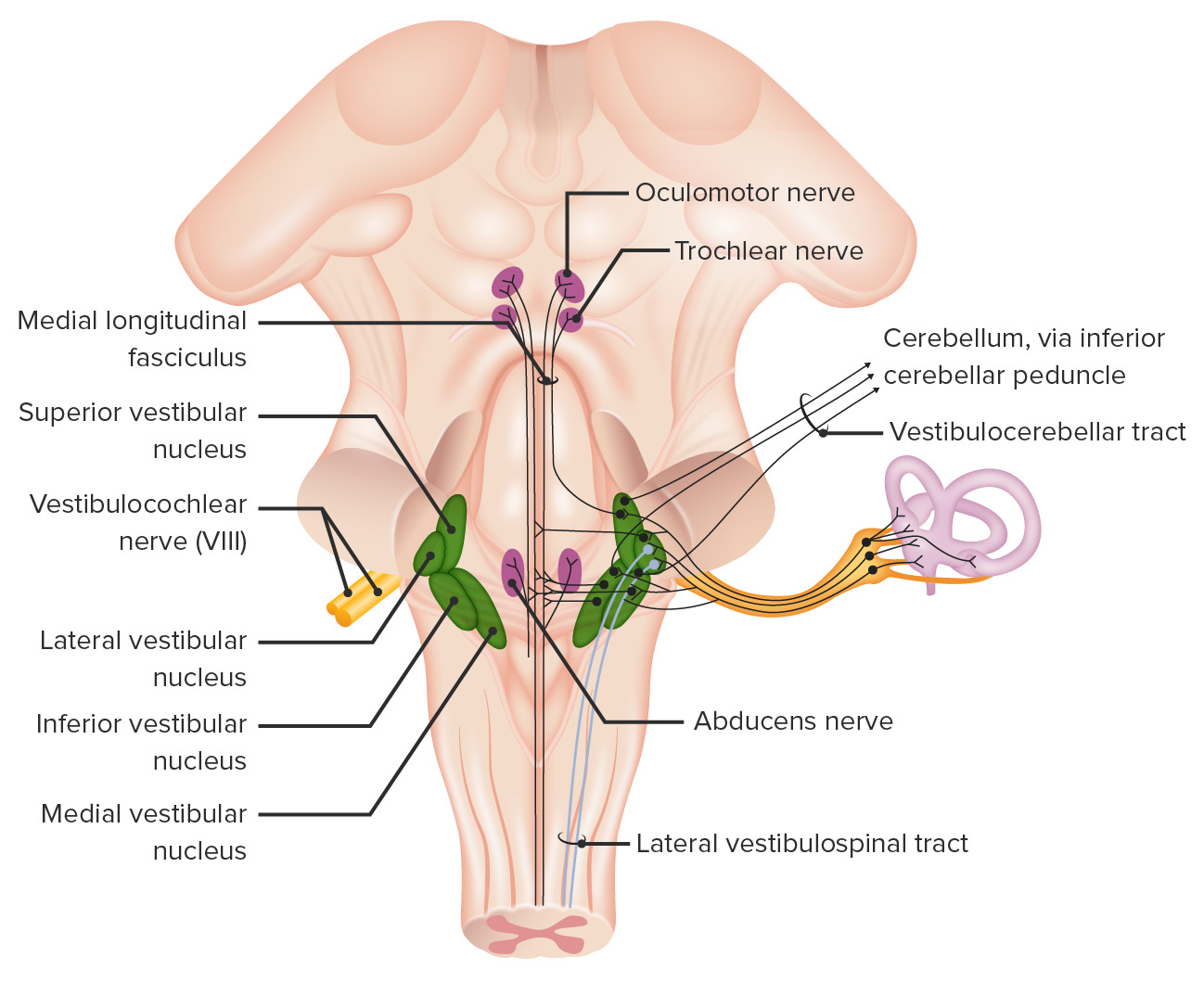Playlist
Show Playlist
Hide Playlist
Ear: Overview
-
Slides Vestibular system.pdf
-
Reference List Histology.pdf
-
Download Lecture Overview
00:02 In this lecture, I'm going to describe the histological structures in the ear. At the end of the lecture, I would like you to understand that there are functional divisions and anatomical divisions of the ear, that there are membranous and bony labyrinths that play a very important role in the function of the ear. We're going to look at various receptors of the ear, in the inner ear, the hair cells. And they're very similar except for those in the organ of Corti, a component of the cochlear duct, which I'm going to describe as well, and that you should have a thorough understanding of because this is the sensory component that allows us to hear. We're also going to look at other parts of the ear that help us to know our position in space and our head movements. We have in our ear a number of different components, anatomical components. We have the external ear and the middle ear that are designed to receive sound energy, sound waves, and then to amplify those and create or turn that energy or those sound waves into mechanical energy. And then we have receptors in the various locations in the inner ear that I will describe that then use that mechanical energy in the form of vibrations and movement of fluid to then detect, not only the position of our head in space and movement of our head, but also that mechanical energy is converted by the organ of Corti into energy that allows us to then hear. And that's all processed by the central nervous system. So we're going to look at all those very special receptors that help us hear and also maintain balance, equilibrium, and now our position in space.
About the Lecture
The lecture Ear: Overview by Geoffrey Meyer, PhD is from the course Sensory Histology.
Included Quiz Questions
The main hearing organ is located inside which of the following components of the ear?
- Cochlear duct
- Utricle
- Vestibule
- Semicircular ducts
- Ampulla
What is the function of the outer ear?
- Collects and conducts sound waves to the inner ear.
- Converts mechanical signals to chemical signals
- Converts chemical signals to mechanical signals
- To help in maintaining balance
- Protects the temporal bone
Customer reviews
5,0 of 5 stars
| 5 Stars |
|
5 |
| 4 Stars |
|
0 |
| 3 Stars |
|
0 |
| 2 Stars |
|
0 |
| 1 Star |
|
0 |





